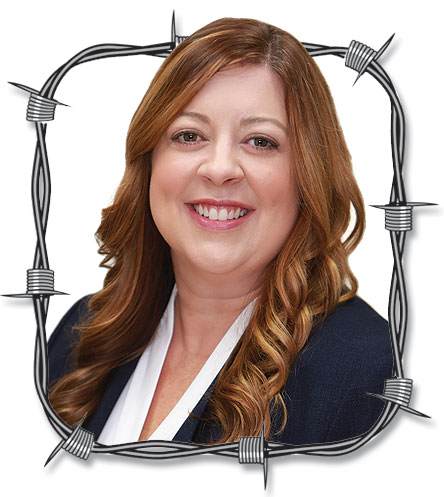
Many farm families hope to pass their farming operation to family. But like everything else, creating a plan to pass your farm to the next generation requires time and commitment.
The problem is, where do you start?
1. Start with defining your goals
Each plan will be different for each person and family. But it all starts with the same step, a discussion of your goals. Your succession plan will be customized for your family according to those goals.
Talk about what is most important to you. Do you want the land to stay in the family or remain as a farm? Are you concerned you might end up spending all of your money on nursing home care? Do you want to leave an equal amount of money to each of your children? Does that include the value of the farm, equipment, livestock, etc?
And what about farmers who do not have a child interested in coming back to the farm? Finding a successor owner for your business is a difficult task, but the earlier you start, the more time your successor will have to work toward purchasing the farm and equipment, etc.
The bottom line is communicate. Talk to your spouse about their thoughts and opinions. Don’t assume you know what each of your children think. The more you talk about the plan for the future, the better the execution of the plan will be.
2. Bring in the experts
Once you have a general idea of your goals, it is time to start crafting the succession plan. You will need a team of professionals who often work with farm families or small business owners. Your team could include a variety of professionals; attorney, CPA, trust officer/corporate trustee, insurance agent. While your CPA, trust officer and insurance agent will certainly provide ideas and services, your attorney is the quarterback of the team. Find an attorney who is experienced in estate planning.
3. Execute the plan
After the documents are drafted and signed, you can celebrate, but we’re not finished. The succession plan needs to be executed. Depending on your goals and the customized plan in place, your estate plan documents likely consist of a Will, Power of Attorney, Healthcare Power of Attorney and maybe a Trust.
Be sure your family members and those named in a document know where your documents are stored, how to access your assets and who to contact if something happens to you. The Attorney In Fact named in your Power of Attorney should probably have a copy of the document and know when he/she needs to start acting on your behalf. If you have a trust, make sure it is funded. Assets are not in a trust until they are retitled into the name of the trust. Be sure to change bank accounts, deeds, auto titles, and investment accounts into the name of your trust.
4. Review outdated documents
Review your plan at least every five years or when new laws affecting your estate plan go into effect. Life happens and people change, families grow and new goals are created.
Make sure you take the time to review your plan with your family and your team of professionals. The peace of mind is worth it.
Lora Phelps is the senior vice president and trust officer at Arvest Wealth Management in Carthage, Mo. She may be reached at [email protected]





